He hailed from the small Midwestern town of Kenosha, Wisc.
Chubby cheeked and heavy-set, he was not classically good looking. He frequently ran afoul of the Hollywood studio execs. He was considered a genius of theater, radio and film, but many of his movies were not financially successful. He had a hard time staying faithful to one woman.
His appetite was prodigious. Younger viewers might remember him as a TV spokesman for Gallo wine.
Orson Welles, who was born 100 years ago today, experienced unparalleled ups and downs over the course of his impressive career. And he is arguably the single most important influence in 20th century cinema. It’s clear that, 30 years after his death on October 10, 1985, his impact is still felt and still refracted in what we watch on the big screen. There’s been no one quite like Welles, and it’s hard to imagine someone besting him any time soon.
 In honor of his centennial, the Crest Theater in Westwood is showing “Touch of Evil” tonight (May 6) at 7:30 p.m.
In honor of his centennial, the Crest Theater in Westwood is showing “Touch of Evil” tonight (May 6) at 7:30 p.m.
The American Cinematheque is running a series, starting Thursday, May 7, at the Aero Theatre in Santa Monica called Touch of Genius: Orson Welles at 100.
Films to be shown are: “The Lady from Shanghai,” “The Stranger,” “Citizen Kane,” “The Magnificent Ambersons,” “Chimes of Midnight,” “Othello,” “Touch of Evil” and a new documentary, “Magician: The Astonishing Life and Work of Orson Welles.” Reviews for most of these titles are on FNB — just hit the search bar on the right.
Film historian F.X. Feeney will sign copies of his new book Orson Welles: Power, Heart, and Soul and introduce each night in the series.
Feeney will also appear at a free screening of “Chimes of Midnight” at 5 p.m. Monday, May 11, at the Will & Ariel Durant Branch Library in Hollywood, 323-876-2741.
“Touch of Evil” also screens at 1 p.m. on Tuesday, May 12, at Lacma’s Bing Theater.
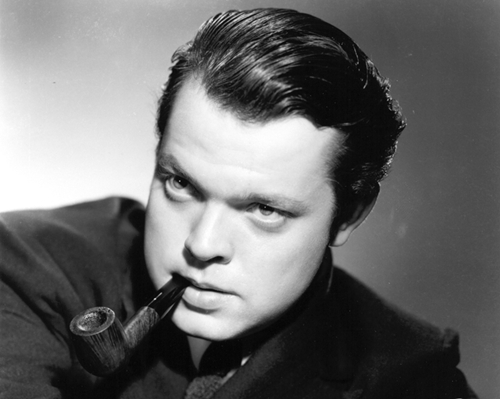





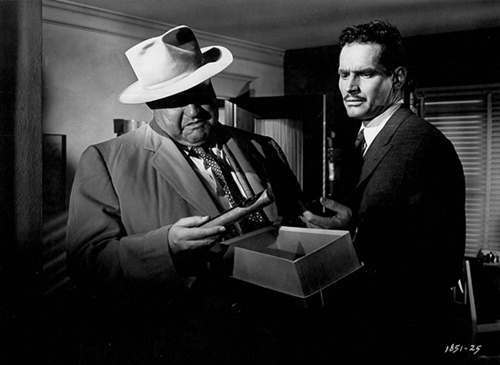
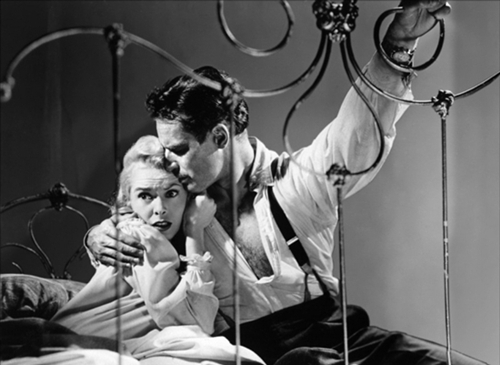
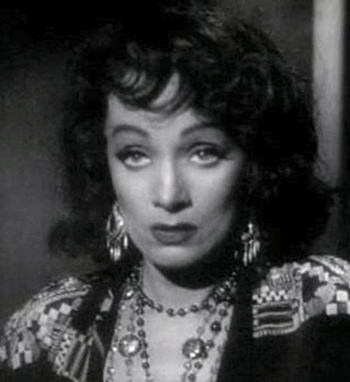
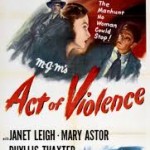
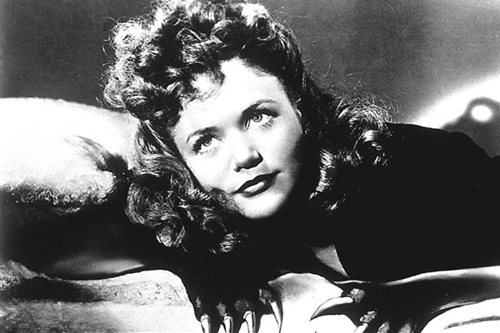
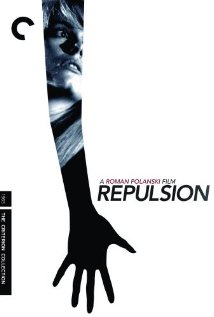
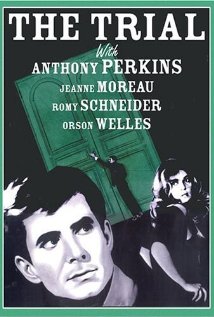
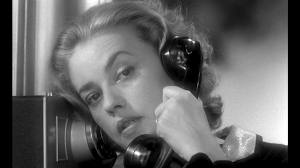

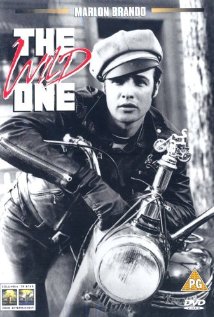
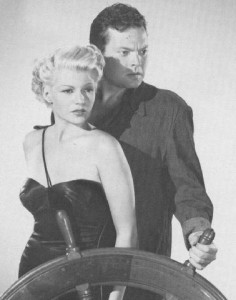
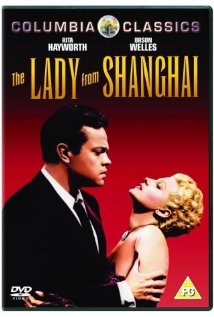
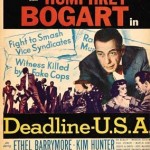
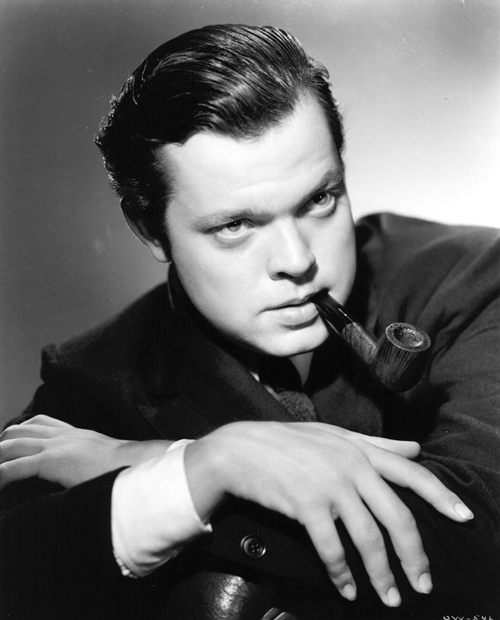
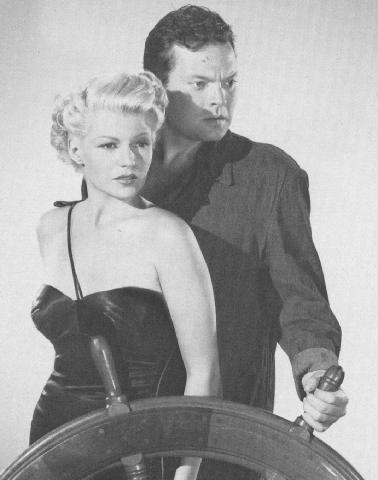
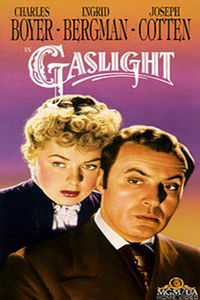
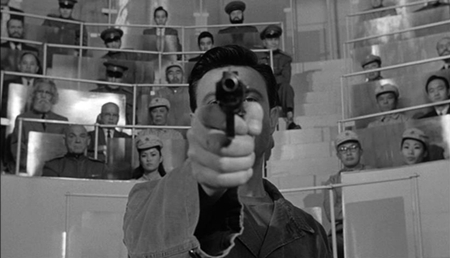
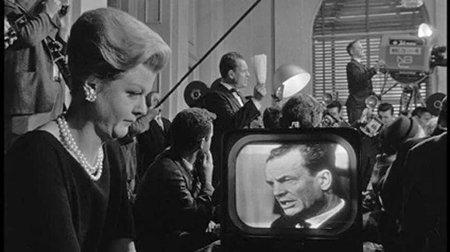
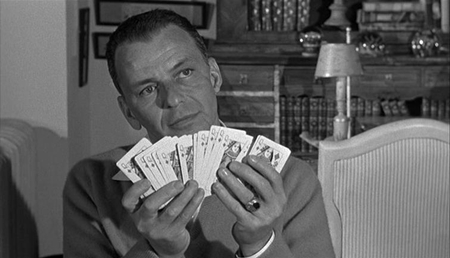

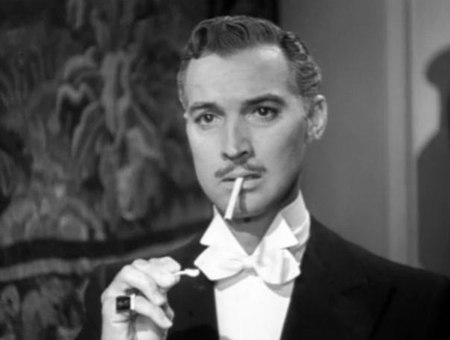
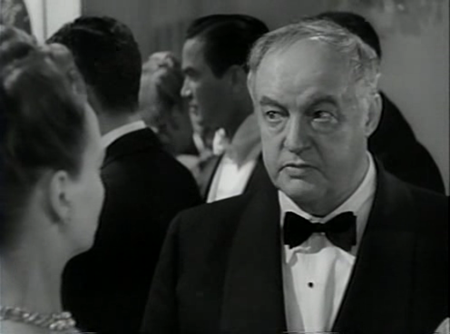
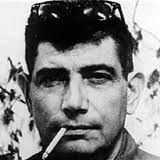
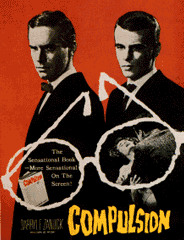
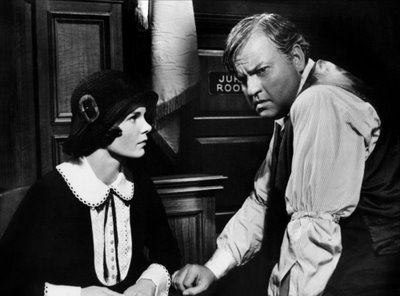
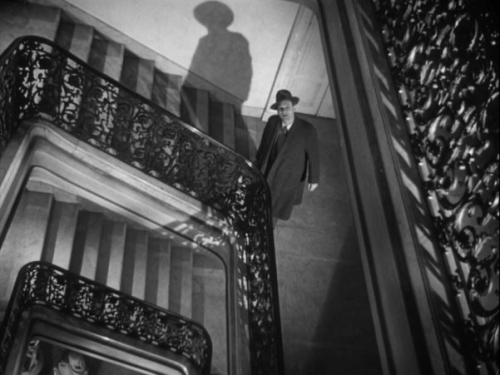
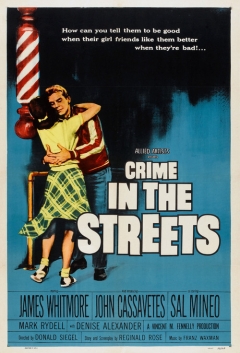





From FNB readers